WHAT IS LACE? Every now and then on Say Yes to the Dress some bride will say "I hate lace!" and I'll say back to the TV "How?!" (like that, with the interrobang). I think lace is beautiful! And there are so many varieties that there's bound to be some to your taste if you look hard enough. In its broadest sense, lace is any fabric where the defining characteristic and the bulk of the patterning is made up of holes. There are many different methods and tools for making lace, both traditionally and with modern technology. Here are a few:
SO WHAT IS NEEDLELACE? Needlelace is lace made with a sewing needle and thread. When I say sewing needle, I mean one with an eye through which the thread passes, as opposed to knitting needles or crochet hooks. The European types that interest me developed from a kind of embroidery called drawn-thread work. In drawn-thread work, like the Italian reticella style, you start with a piece of fabric, from which you cut and pull threads to make holes, which you then fill with lacy stitches. Since the drawn threads leave behind square and rectangular holes, the appearance of reticella is very angled and geometric. As the lace-makers drew out more and more threads, they finally realized that they had more holes than fabric, so why bother starting with fabric? They came up with another, ingenious method:
MY NEEDLELACE
It was a real challenge and education to make the swirling shapes of the waters without any foundation for them, and an unexpected thrill to embroider and put beads and knots on top of the lace, like foam on waves and barnacles on rocks. Plus, the necklace is perfect for its recipient, and she loves it! So: win! Emboldened by my success with minimal cordonnet, I decided to try another piece like that, and worked on a water lily pattern. But, as I explain in my My Failures post, this attempt was not a success, and I put it aside. My attention turned briefly to a maple leaf collar, meant to be an exercise in perfecting picots and making something with a barred background instead of a mesh, but I lost interest when my enthusiasm for dressmaking took up my time, instead. Now, after a long creative gap, I am once again making needlelace. I intend to finish the maple collar and am also working on a bookmark project (more roses). More on those another day!
2 Comments
|
Karen Roy
Quilting, dressmaking, and history plied with the needle... Sites I EnjoyThe Quilt Index Categories
All
Archives
March 2024
|
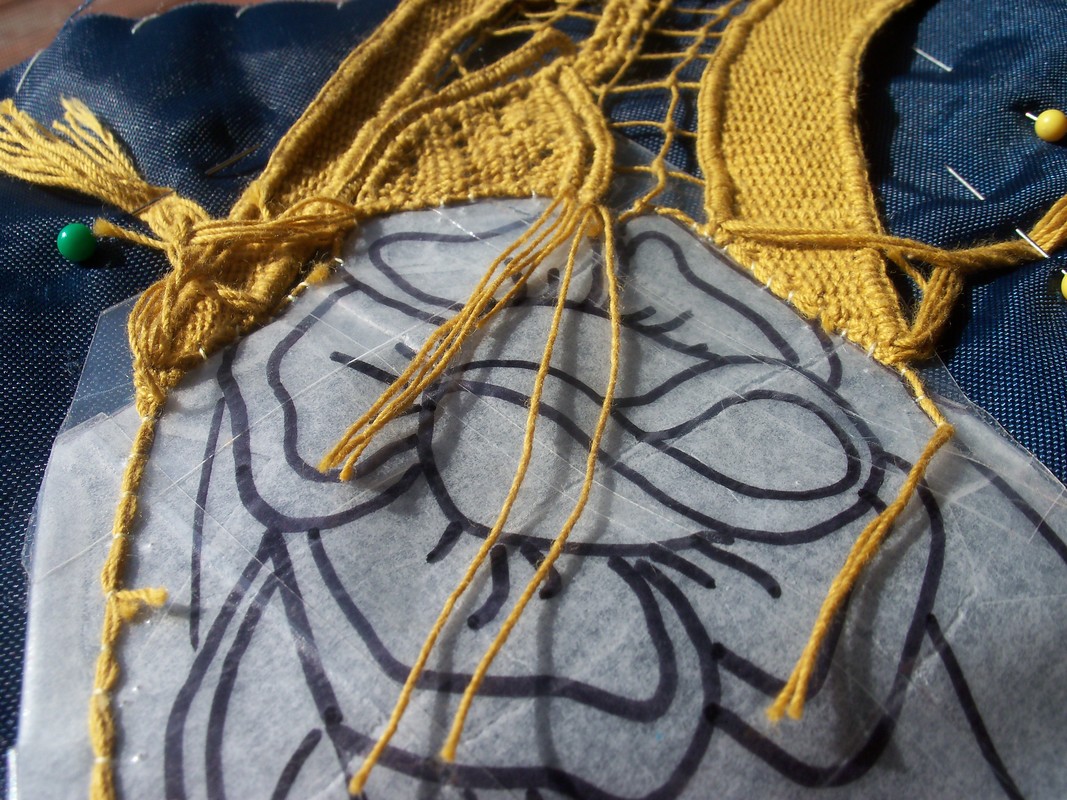
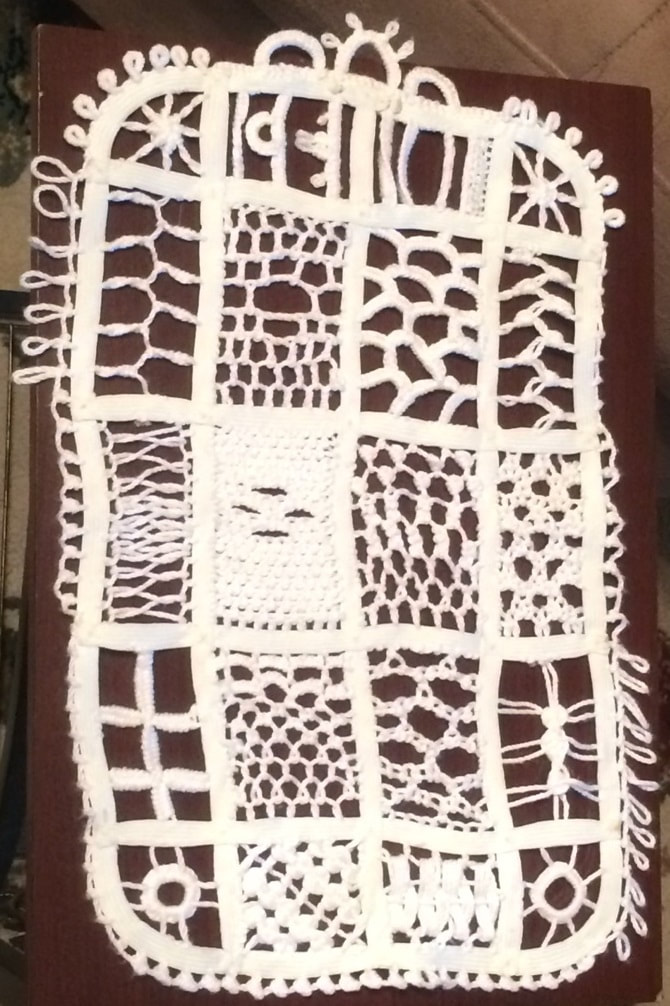
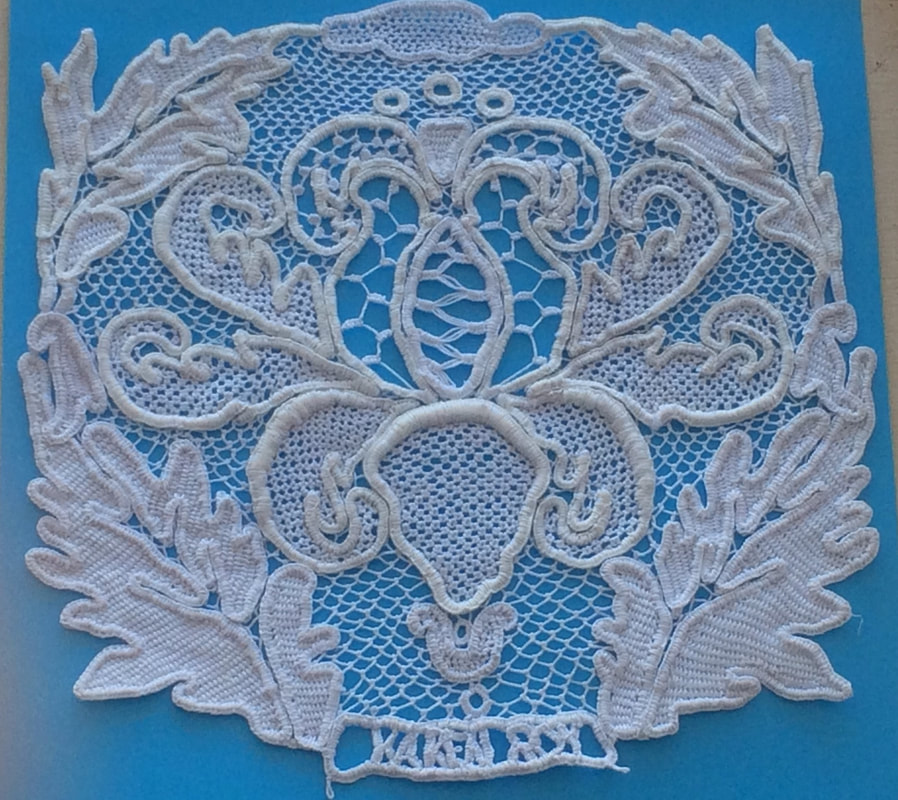
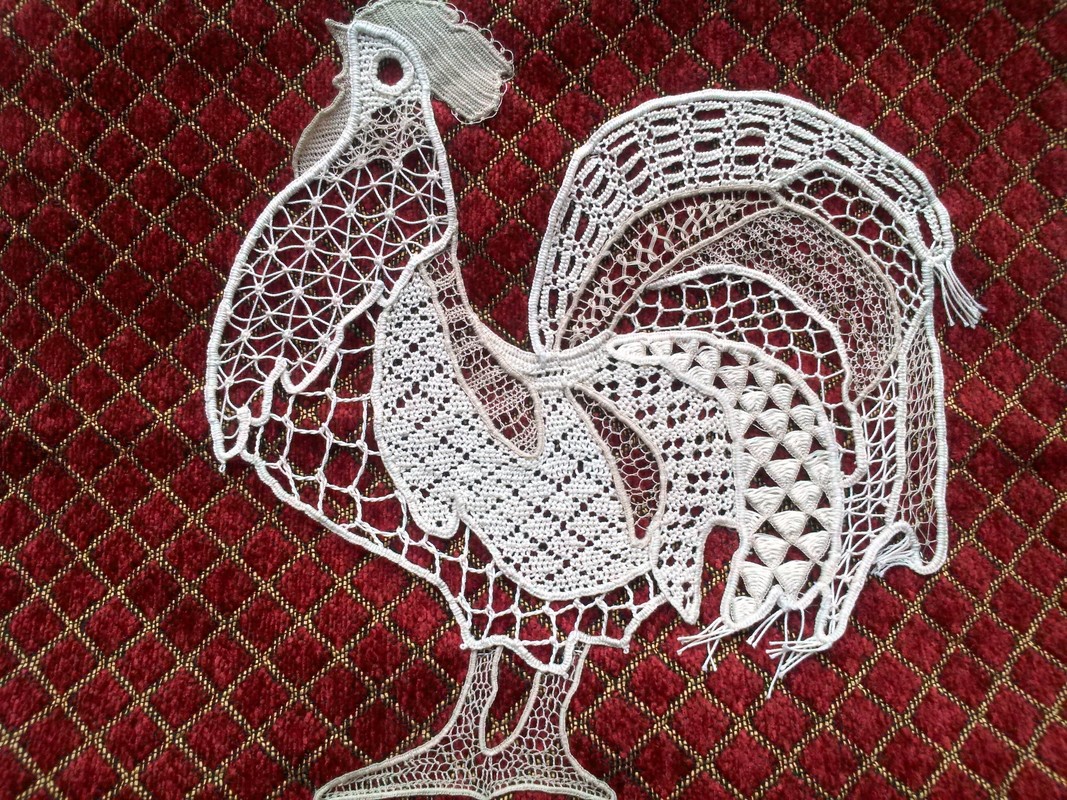
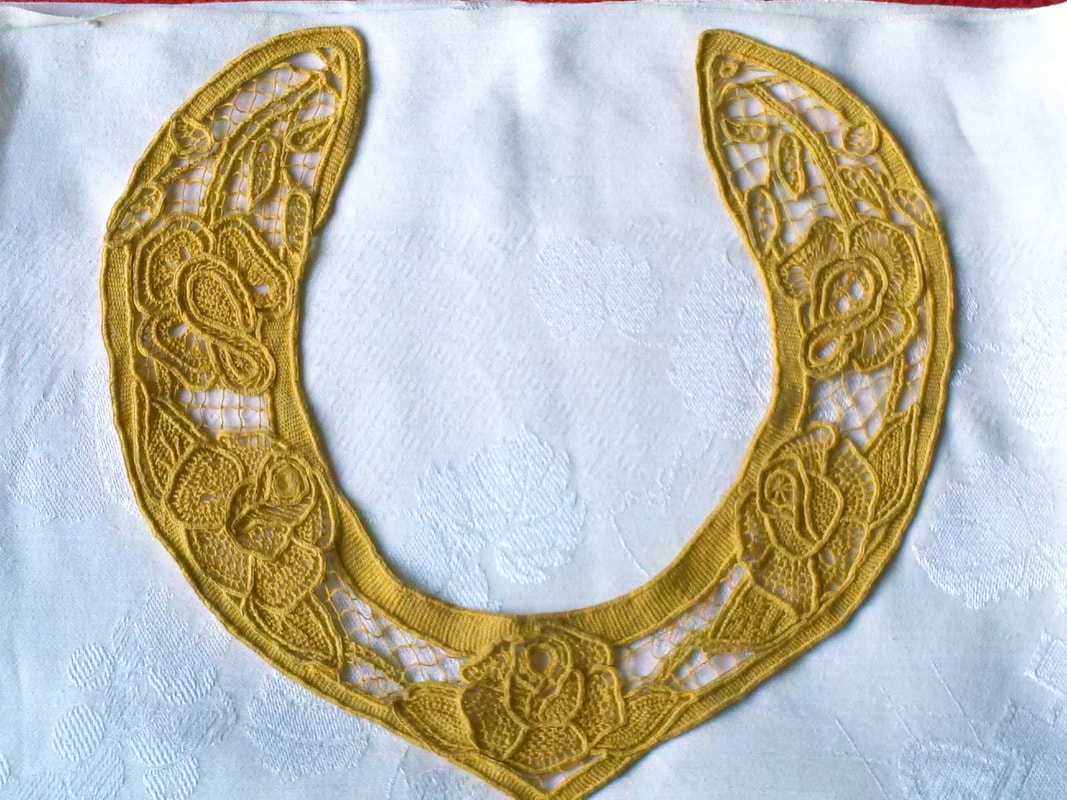
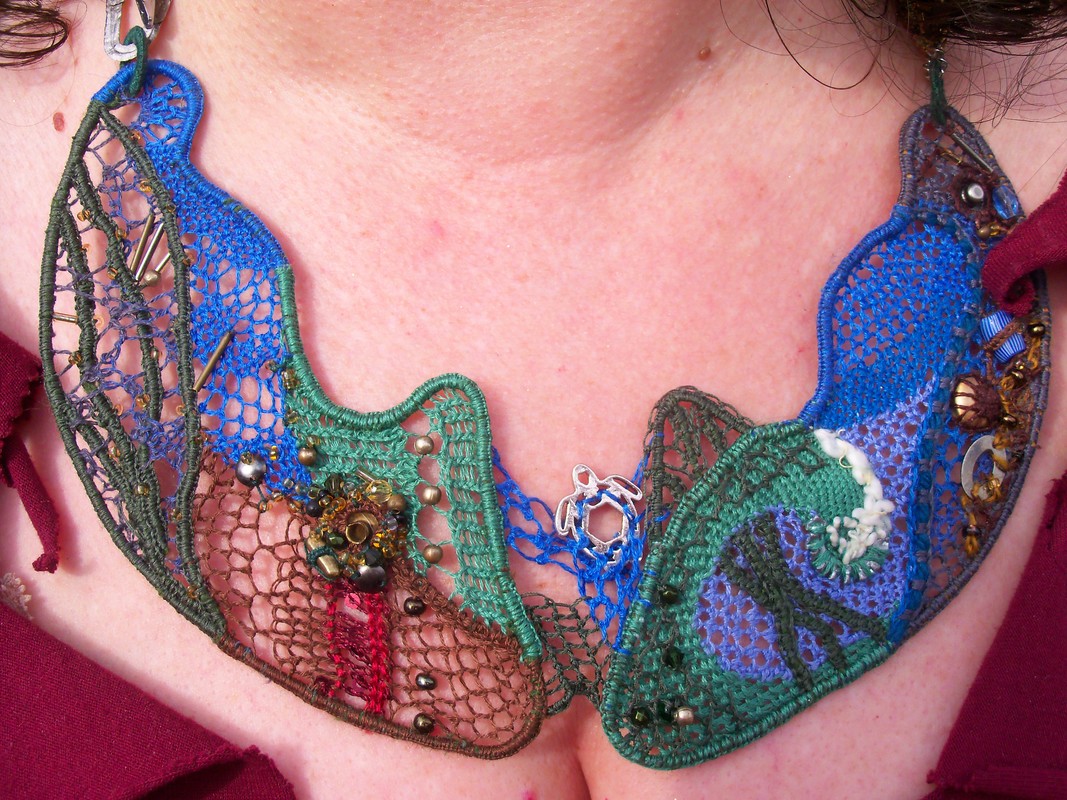
 RSS Feed
RSS Feed